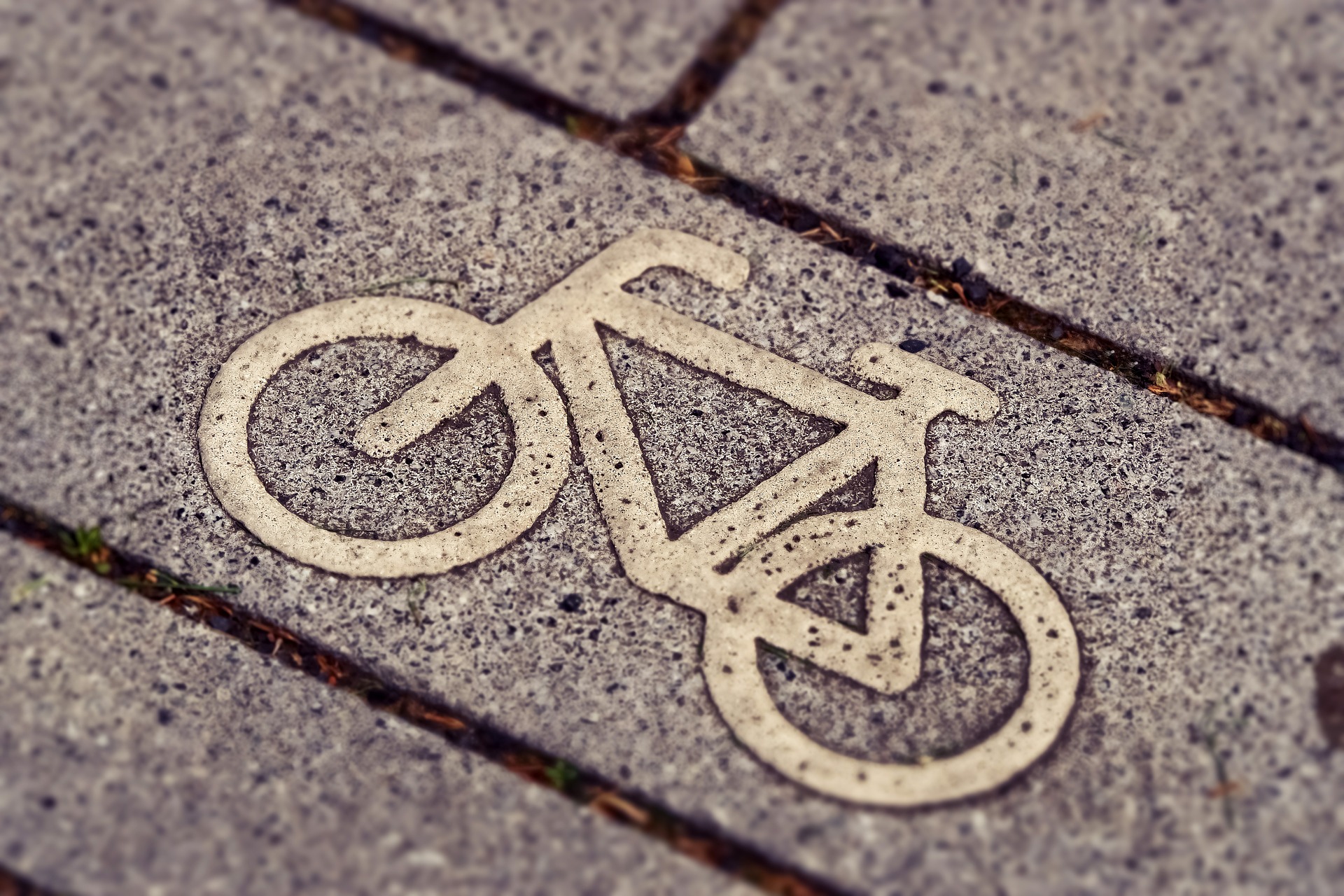SABRINA - UNITED NATIONS GENERAL ASSEMBLY CALLS TO INTEGRATE BICYCLES INTO PUBLIC TRANSPORTATION METHODS
16-03-2022
The 193 members of the United Nations (UN) General Assembly adopted a resolution promoting cycling on Tuesday, 15 March 2022. The resolution “Integration of mainstream bicycling into public transportation systems for sustainable development” (document A/76/L.35) was proposed by a representative of Turkmenistan who cited convenience, health benefits and accessibility, and voiced hope that cycling will take on a larger role, as it also helps to cut greenhouse gases worldwide. As written on the UN official webpage, “the bicycle was invented 200 years ago and for 140 years has been a major mode of transportation, with 1 billion bicycles worldwide and 50 percent of humanity able to access cycling.”
By the resolution text, the General Assembly, among other things, invited all Member States to integrate the bicycle into public transportation in urban and rural settings in developing and developed countries, improve road safety and promote the use of bicycles by people and businesses to increase bicycle trips which, in turn, contributes to the achievement of sustainable development, including the reduction of greenhouse gas emissions. The resolution encourages new strategies, including bike-sharing services. Additionally, the proposal recommends developing policies to promote “cycling network infrastructure that connects communities.” UN figures suggest that the global transport sector contributes to a quarter of all energy-related CO2 emissions. However, the organisation stresses that increased cycling would lower greenhouse gas emissions. The resolution was adopted by consensus. Since the General Assembly's resolutions are recommendations and not legally binding on the Member States, reaching consensus has evolved as a way to ensure the widest possible implementation of General Assembly decisions.
In the SABRINA project, we focus on nine Danube area countries and the infrastructural safety of EuroVelo bicycle routes in the area. The reality is, cycling infrastructure in the Danube region is still in an early stage of development, especially outside of the major urban areas. In COVID-19 times we could witness, people look to bicycling as a socially distant recreation and more and more often also transportation option. It is this emerging role of bicycles that serves as a critical reminder of the need to improve infrastructure, making it safer, forgiving, sustainable, and comfortable. Our goal is to improve conditions for road bicycle infrastructure safety in the region and hopefully beyond by raising the capacities of all relevant national, regional, and local stakeholders to build and improve bicycle infrastructure in a safe and sustainable way. When safe cycling infrastructure will be available, more people will use bikes not only in their free time but also as a transportation option in urban and rural areas.

Photo credit: Pixabay
![]()



